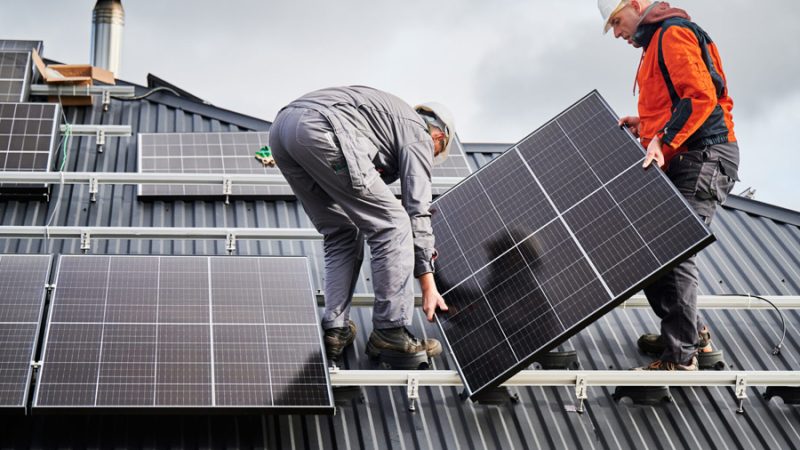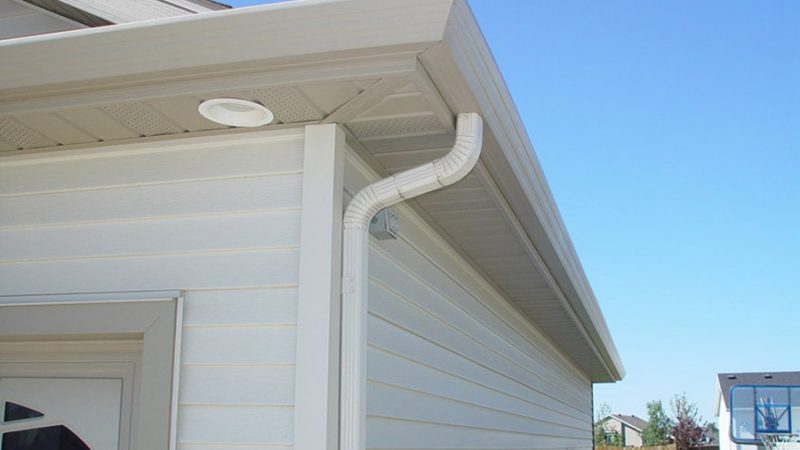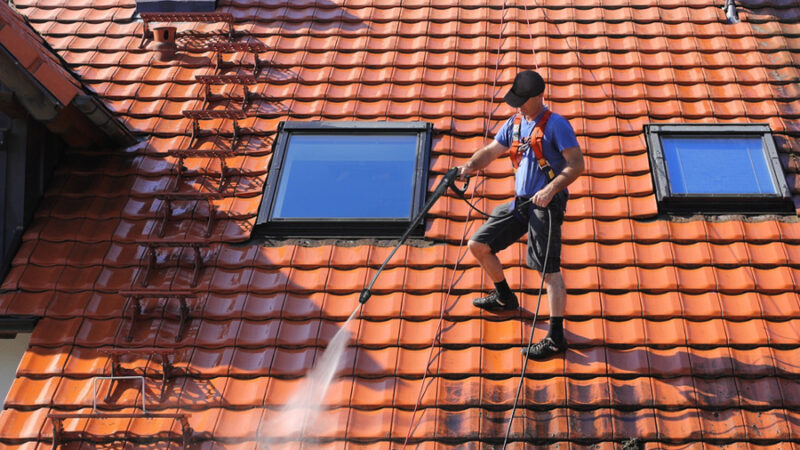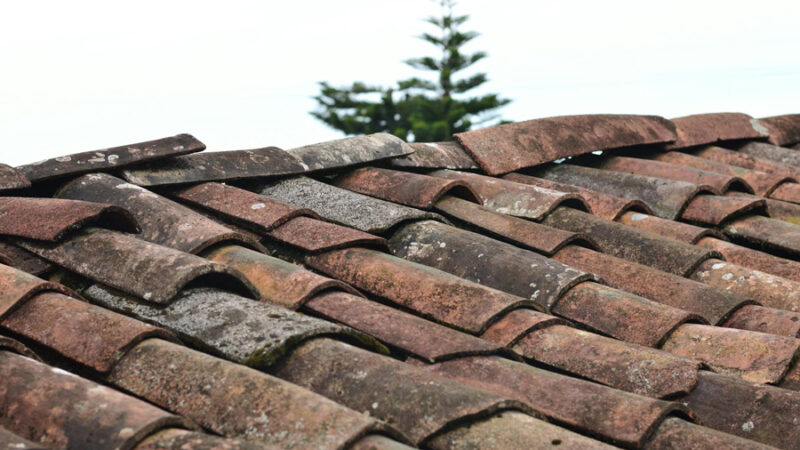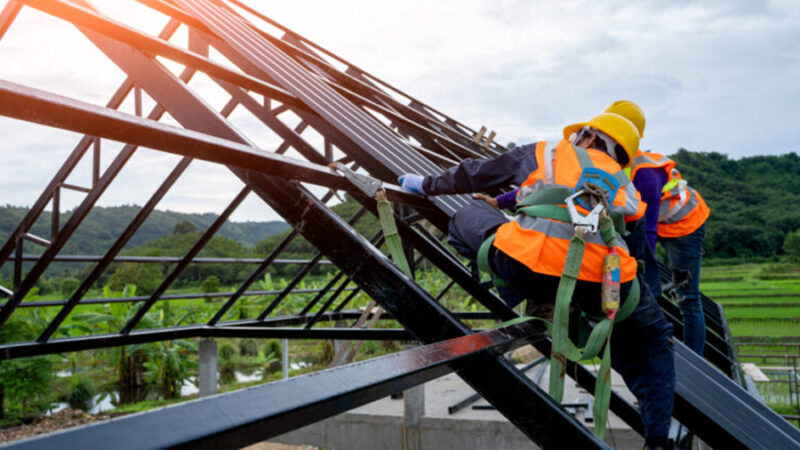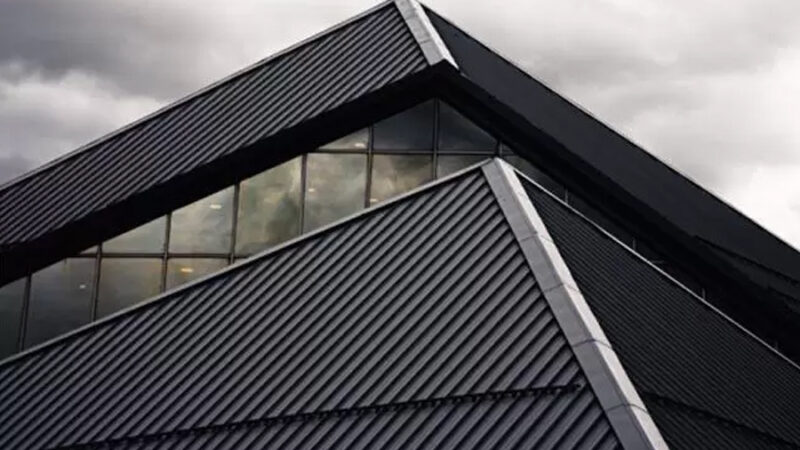Chimney Sweeping 101: A Crash Course in Soot, Smoke, and Squeaky Clean Flues
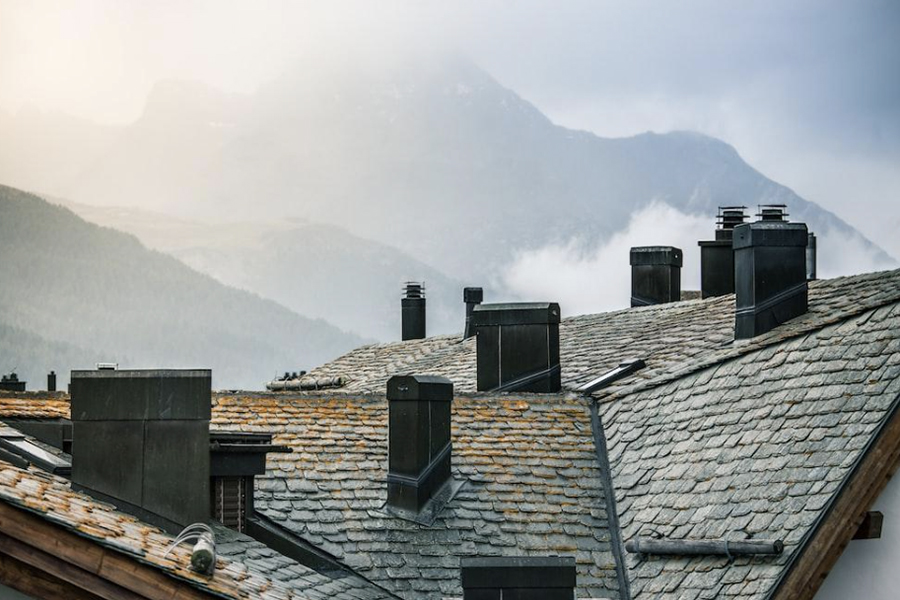
Imagine cozy winter evenings by the fireplace, the warm glow of the flames casting a comforting ambiance throughout your home. However, to keep this idyllic scene safe and functional, there’s a behind-the-scenes hero: the chimney sweep. This often-overlooked professional plays a vital role in maintaining your chimney and fireplace.
In this comprehensive guide, we’ll dive deep into the world of chimney sweeping, exploring its history, importance, intricate process, and why it’s essential for a safe and efficient home.
The History of Chimney Sweeping: From Grim Beginnings to Modern Expertise
Before we embark on the journey of understanding modern chimney sweeping, it’s essential to glance back at its origins. Historically, chimney sweeps were often young boys, or even slaves, forced to climb up soot-covered chimneys to clean them. This grim practice led to countless injuries and fatalities, eventually prompting legislation to protect child chimney sweeps. Thankfully, today’s chimney sweeping industry bears no resemblance to these dark times.
The Importance of Chimney Sweeping
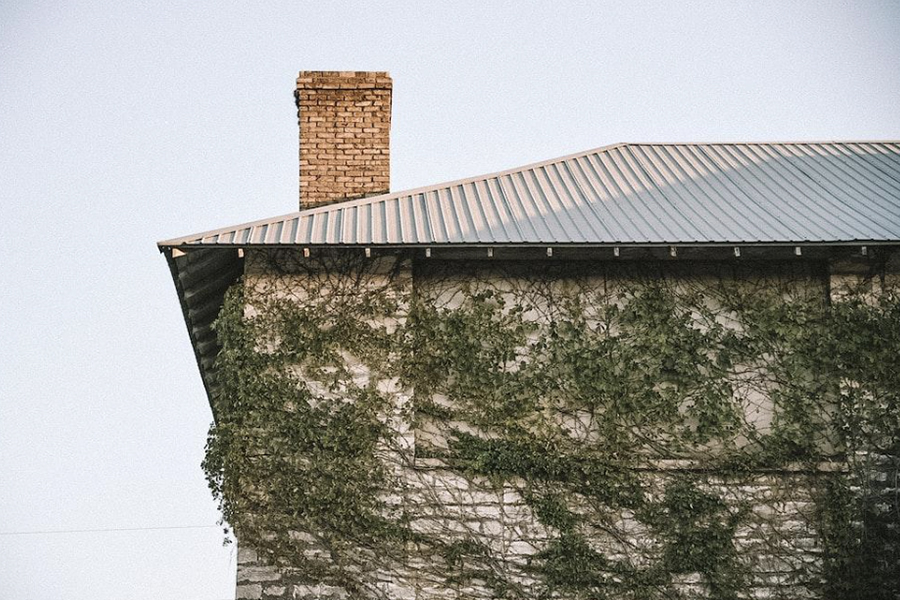
Why should you care about chimney sweeping in the 21st century? Let’s explore the reasons why this age-old trade remains relevant:
Fire Safety
The primary purpose of a chimney sweep is to eliminate soot, creosote, and debris that can accumulate inside the chimney. These substances are highly flammable and pose a significant fire hazard if not regularly removed. A clean chimney dramatically reduces the risk of chimney fires, which can cause extensive damage to your home.
Carbon Monoxide Prevention
An improperly maintained chimney can lead to the buildup of dangerous carbon monoxide gas. Regular chimney sweeping ensures that your chimney vents this harmful gas safely out of your home.
Efficiency
Over time, soot and creosote deposits can obstruct the chimney’s airflow, reducing the efficiency of your fireplace or wood-burning stove. A clean chimney allows for better combustion, which means less fuel consumption and lower heating costs.
Structural Integrity
Chimney sweeps are trained to inspect your chimney for structural issues. Catching and addressing problems early can prevent more extensive, costly repairs down the road, such as chimney cap replacement or chimney liner repair.
The Chimney Sweeping Process: Step by Step
Now that we understand why chimney sweeping is crucial, let’s dive into the nitty-gritty of the process. While each chimney sweep may have its own unique approach, the following steps provide a general overview of what to expect:
Step 1: Initial Inspection
The process begins with a thorough visual inspection of the chimney’s interior and exterior. The sweep will check for any signs of damage, blockages, or creosote buildup.

Step 2: Preparation
Before getting to the cleaning, the sweep will take precautions to protect your home from soot and debris. This often involves laying down drop cloths and sealing off the fireplace opening.
Step 3: Cleaning the Flue
Using specialized brushes and vacuum equipment, the chimney sweep will start cleaning the flue from the top down. This ensures that all soot and debris are pushed downward and collected for later disposal.
Step 4: Removing Obstructions
If any obstructions, like bird nests or leaves, are discovered during the cleaning, the sweep will remove them to ensure proper airflow.
Step 5: Inspecting and Cleaning the Firebox and Damper
The sweep will also inspect and clean the firebox and damper, ensuring that these components are in good working condition.
Step 6: Final Inspection
After the cleaning is complete, a final inspection is conducted to ensure that the chimney is free from soot and debris and in good structural condition.
Frequency of Chimney Sweeping
How often should you schedule chimney sweeping? The answer depends on several factors, including the type of fuel you use and the frequency of use. Here are some general guidelines:
-
Wood-Burning Fireplaces:
If you regularly use a wood-burning fireplace, it’s recommended to have your chimney swept annually. Wood produces a significant amount of creosote, which can accumulate quickly.
-
Gas Fireplaces:
While gas fireplaces produce less creosote than wood-burning ones, they still require annual inspections to check for blockages and ensure proper venting.
-
Pellet Stoves:
Pellet stoves typically require less frequent sweeping, with a recommendation of every 2-3 years, depending on use.
-
Oil and Gas Furnaces:
Chimneys connected to oil or gas furnaces should be inspected and cleaned annually to prevent the buildup of carbon deposits.
-
Infrequent Use:
Several houses with rooftops and chimneys
If you only use your fireplace occasionally, it’s still essential to schedule an inspection and cleaning every few years to ensure safety and efficiency.
Your Go-To Source for Chimney Repair Services in Connecticut
The search for reliable chimney repair services in Connecticut can be quite challenging. But fear not! Creative Masonry CT is here to assist you. They offer an extensive array of chimney services, from repointing and chimney repair Litchfield CT to inspections, liner installation and chimney sweep Torrington CT.
Additionally, they provide fireplace services, including installation, restoration, and remodeling. Contact them now to discover more about their offerings.


